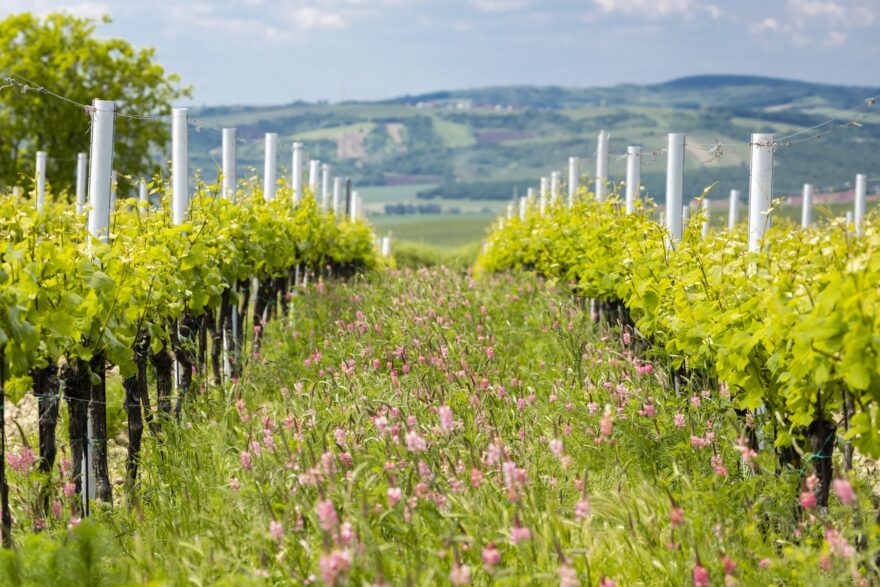Deciphering the Italian Wine Classification System to Better Understand Your Il Ciliegio Wine Label
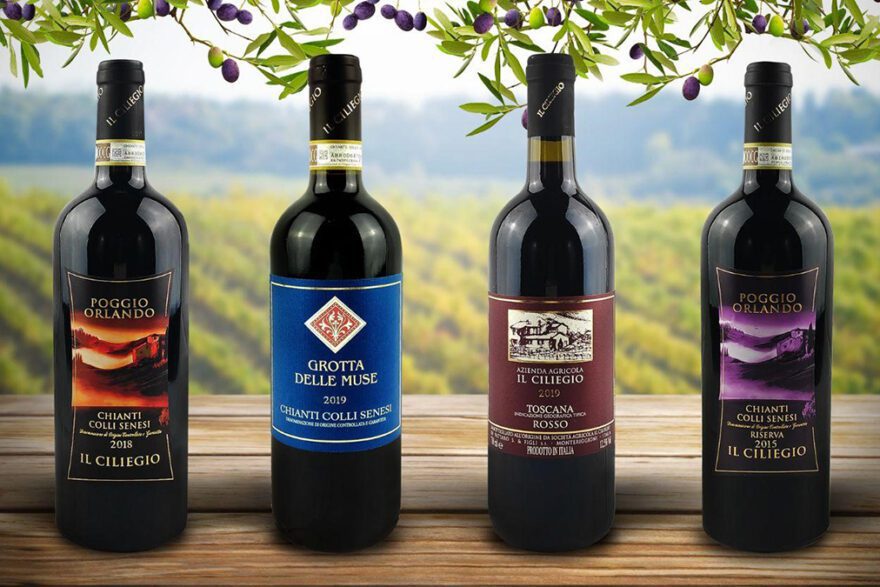

With the country’s numerous production regions and complexity of varieties, it can prove rather difficult to get a solid grasp on Italian wines. Just the thought of trying to discern information from complicated and confusing wine labels is enough to send many into an anxious sweat.
Located in the Chianti region of Tuscany, Il Ciliegio produces wines that include one of the following designations on their label: Chianti Colli Senesi DOCG, Chianti Colli Senesi DOCG Riserva, or Toscana IGT. So, what differences are signified by a DOCG versus an IGT classification?
The Italian Wine Classification System
In 1936, France’s first legally protected production region – Chateauneuf du Pape – was born, and given the title AOC (“controlled designation of origin”). In the wake of this move, Italy and the other classic wine-producing countries of Europe began to follow suit, each forming their own classification systems.
Where the Italian system differs from the French system is in the number of classification tiers. Italy divides its wines into the following four tiers: VdT (Vino da Tavola, or “table wine”), IGT (Typical Geographical Indication), DOC (Denomination of Controlled Origin), and DOCG (Controlled and Guaranteed Designation of Origin).
To be certified under each tier, the wine and winery must comply with detailed and rigorous legal requirements that govern everything from the land where the grapes are grown, the variety of grapes used to produce the wine, the winemaking technique employed, and more. In the Chianti region, premium wines are divided into two classification tiers: DOCG and IGT.
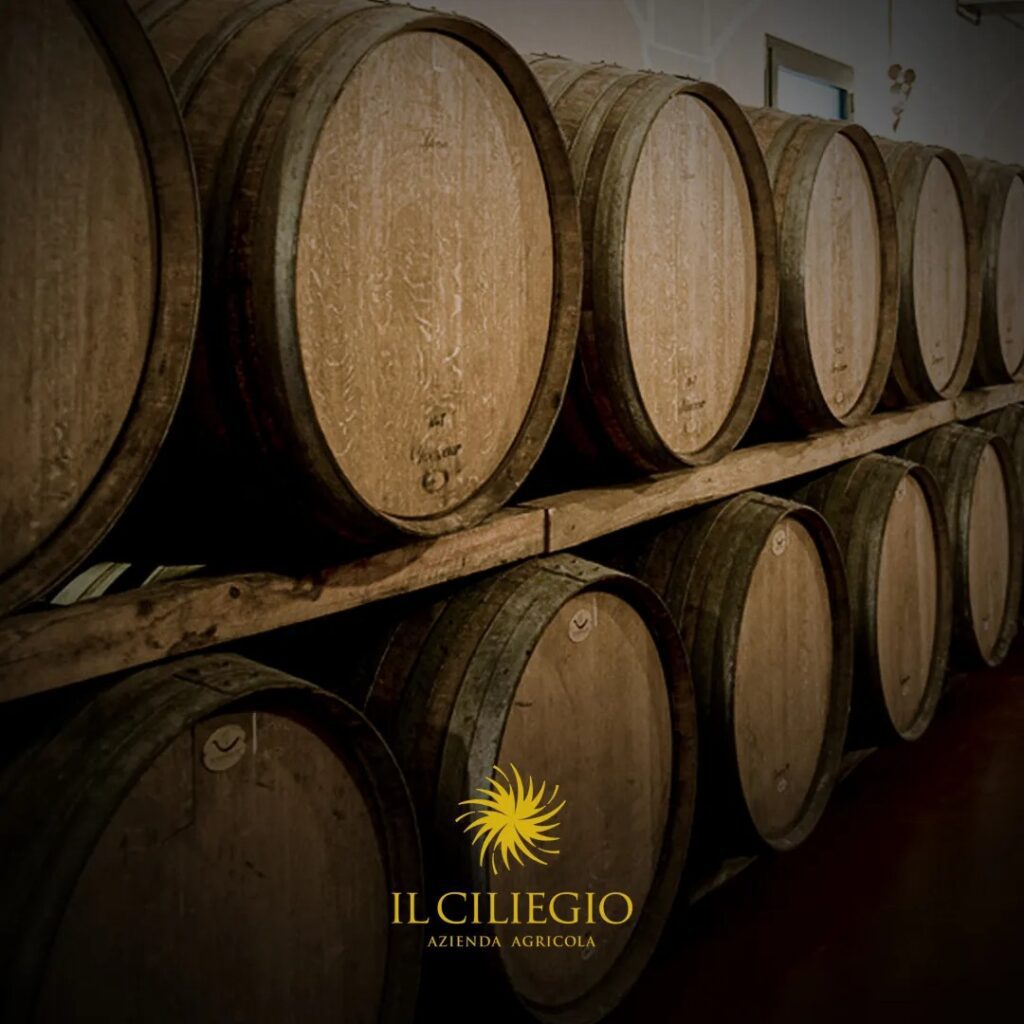
IGT, DOC, or DOCG: Which is Best?
Within the Italian classification system, DOCG is the highest attainable designation, while IGT is at the lower end of the spectrum. But are wines that have been blessed with the DOCG designation really superior to those classified as IGT?
DOC and DOCG place rigorous standards on the location of the production regions from which a wine sources its grapes, and also adds detailed requirements for grape varieties, blends, aging periods, and other factors.
Production regions that have received DOC or DOCG designation often have a long, storied history within the wine industry, and the application process for certification is a DOCG is a slow, arduous process that can involve complex politics. Although nearly all of Italy’s top wine producing regions enjoy DOCG status, many other excellent DOC regions are unwilling to apply for DOCG designation for a variety of reasons.
Where IGT differs from DOC and DOCG is that it merely restricts the location of origin for the grapes used to make a wine, and allows more freedom in terms of winemaking techniques. Wineries with the IGT designation need not adhere to the strict standards for grape varieties or blend ratios, and can express more unique and original style in the wines they produce.
As a result, although IGT is considered the lowest of Italy’s three major classification tiers, this should not be taken to mean that IGT wines are inferior to those with a DOC or DOCG classification. Many wines that belong to the IGT tier, including the renowned “Super Tuscan” wines, have outstanding quality.
Deciphering an Il Ciliegio Wine Label
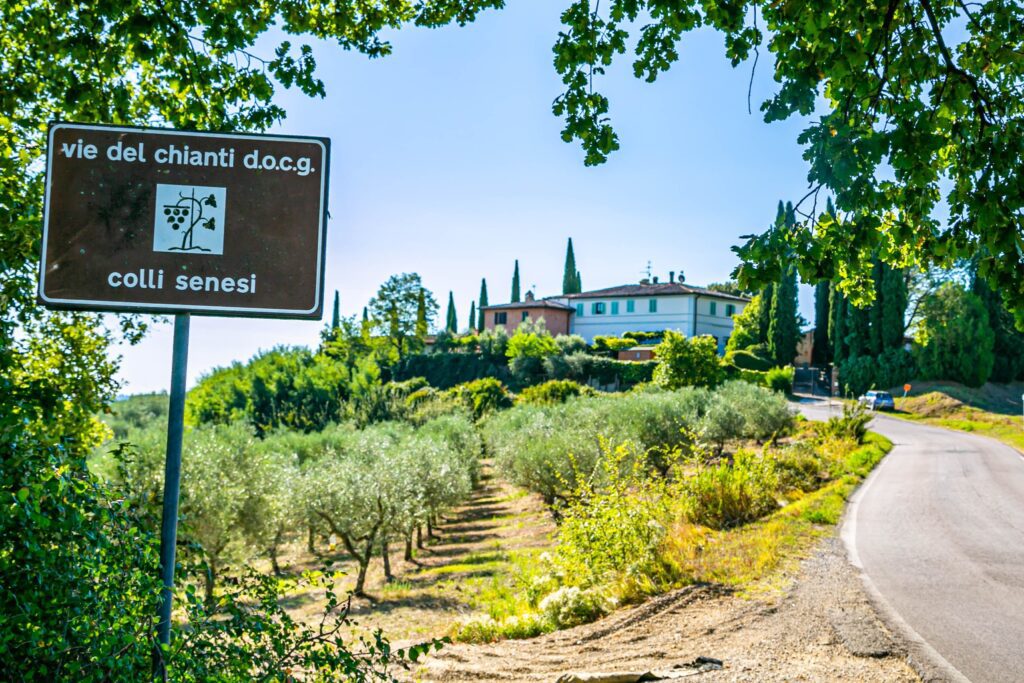
Il Ciliegio is located in the Chianti Colli Senesi DOCG, where law stipulates that wines must comprise at least 75% Sangiovese grapes, and additional regulation exists for the remaining 25%: no more than 10% of the blend can come from international varieties such as Cabernet Sauvignon or Cabernet Franc; the proportion of white grape varieties in the blend cannot exceed 10%; and the alcohol content of the wine cannot dip beneath 12%.
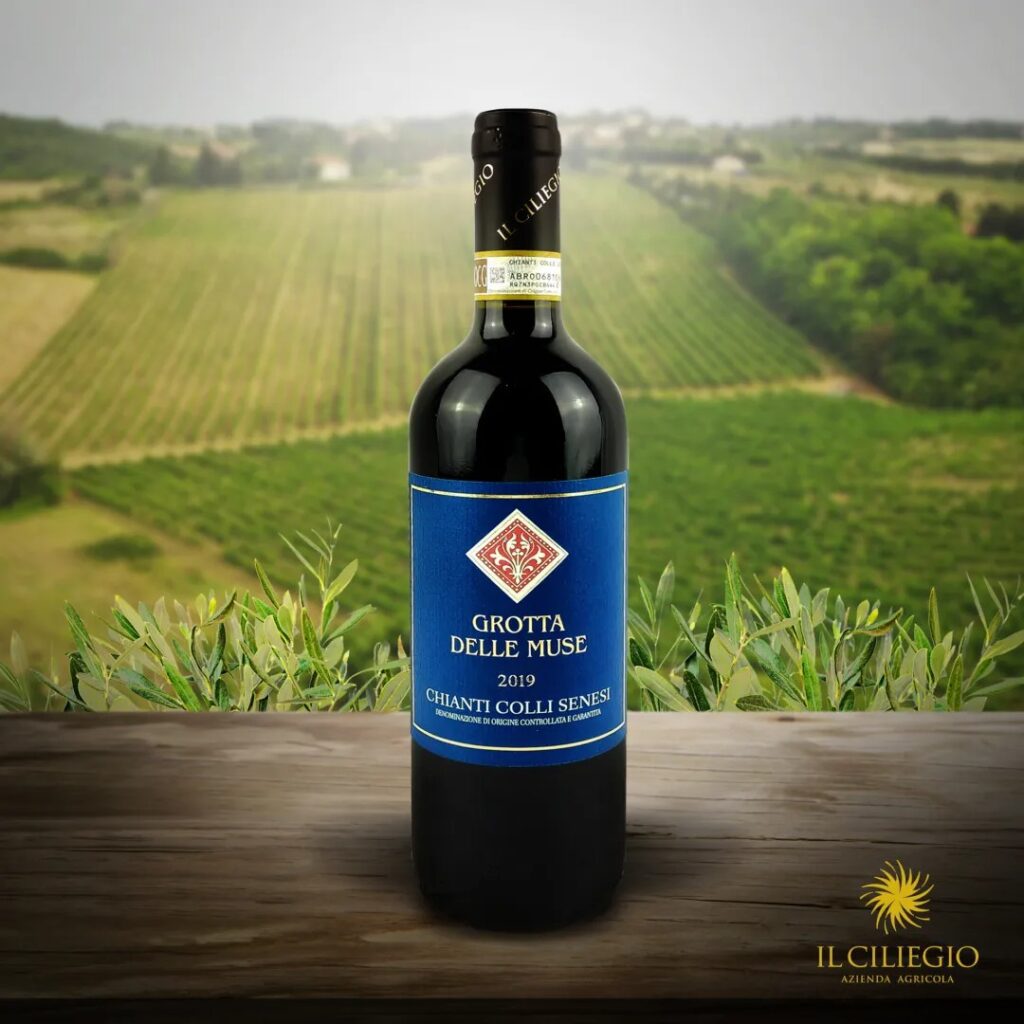
Il Ciliegio’s Grotta delle Muse Chianti Colli Senesi DOCG consists of 90% Sangiovese grapes blended with 10% Colorino grapes for a wine in the vein of classic Chianti reds: fruity, elegant, and mellow.
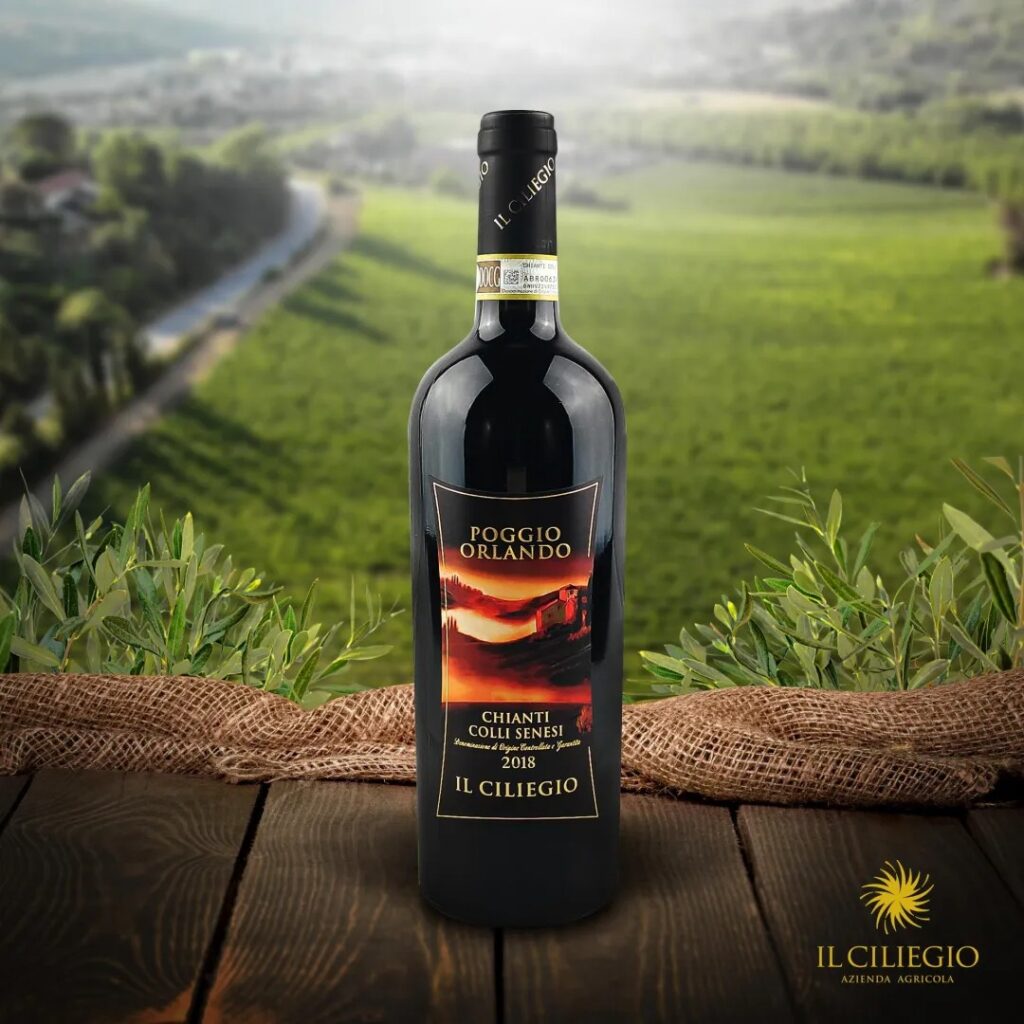
Il Ciliegio’s Poggio Orlando Chianti Colli Senesi DOCG consists of 80% Sangiovese, 10% Canaiolo, 5% Colorino, and 5% of the white grape variety Trebbiano. This wine is a great representation of a traditional Chianti red, offering a classic blend of the “Three Musketeers” of red grape varieties along with a white variety to add aroma and freshness.
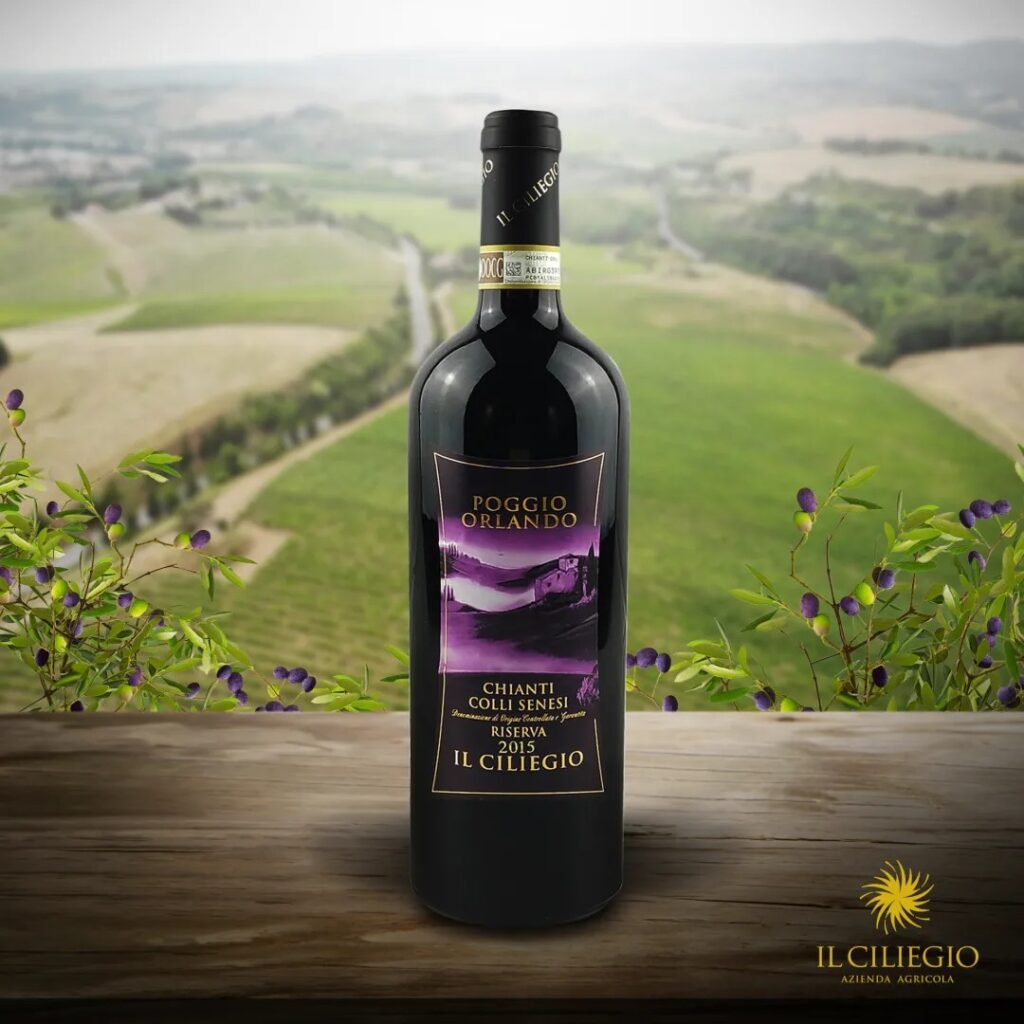
For a wine with the Chianti Colli Senesi DOCG designation to further attain the Riserva label, it must undergo an aging period of at least two years. Additionally, at least eight months of this aging period must have been completed in an oak barrel, and at least four months must have been completed in the bottle.
Il Ciliegio’s Poggio Orlando Chianti Colli Senesi DOCG Riserva is made 100% from Sangiovese grapes, and its oak barrel-aging period is lengthened to produce a more full-bodied wine with a complex yet distinct structure.
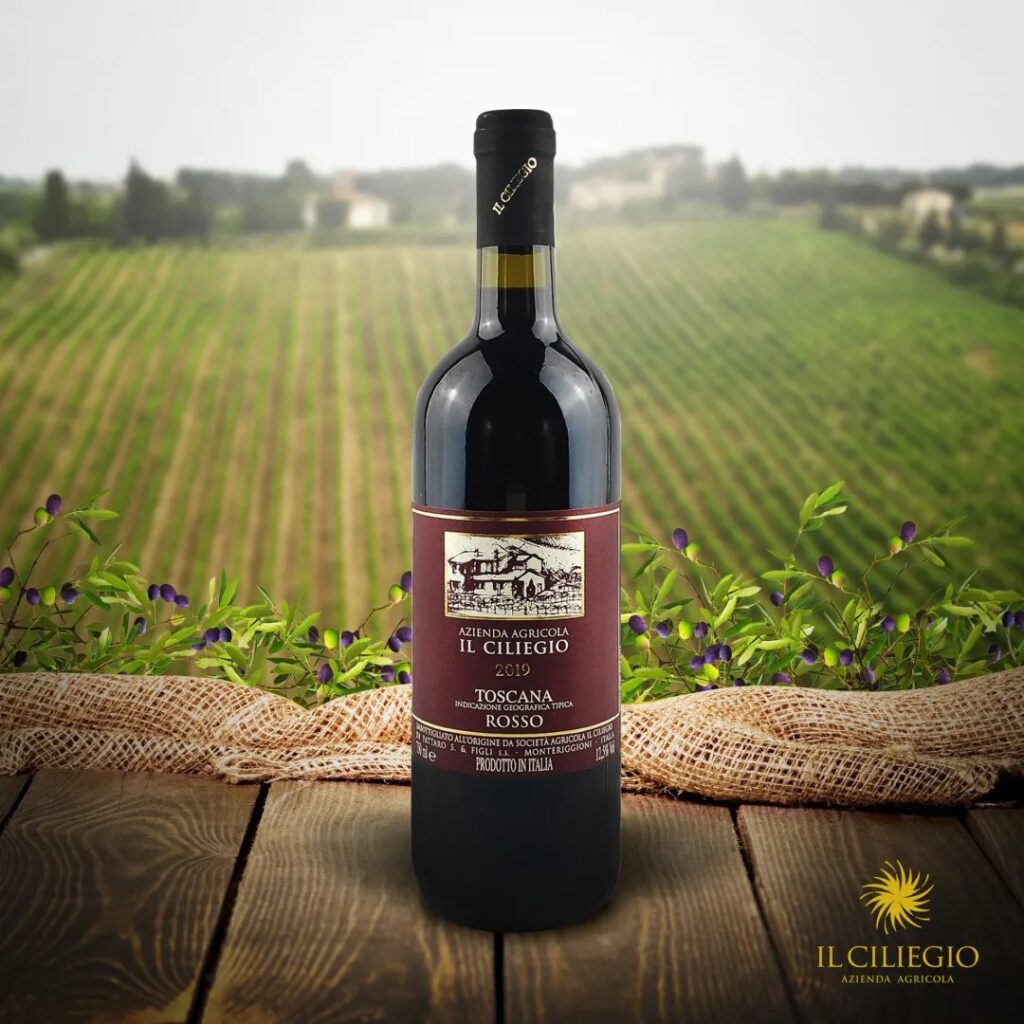
Finally, Il Ciliegio’s Vino Rosso Toscana IGT is another traditional, high-quality wine, comprising primarily Sangiovese grapes blended with a mixture of red and white grape varieties. The result is a remarkably fruity, refreshing wine that pairs wonderfully with a fine meal.

